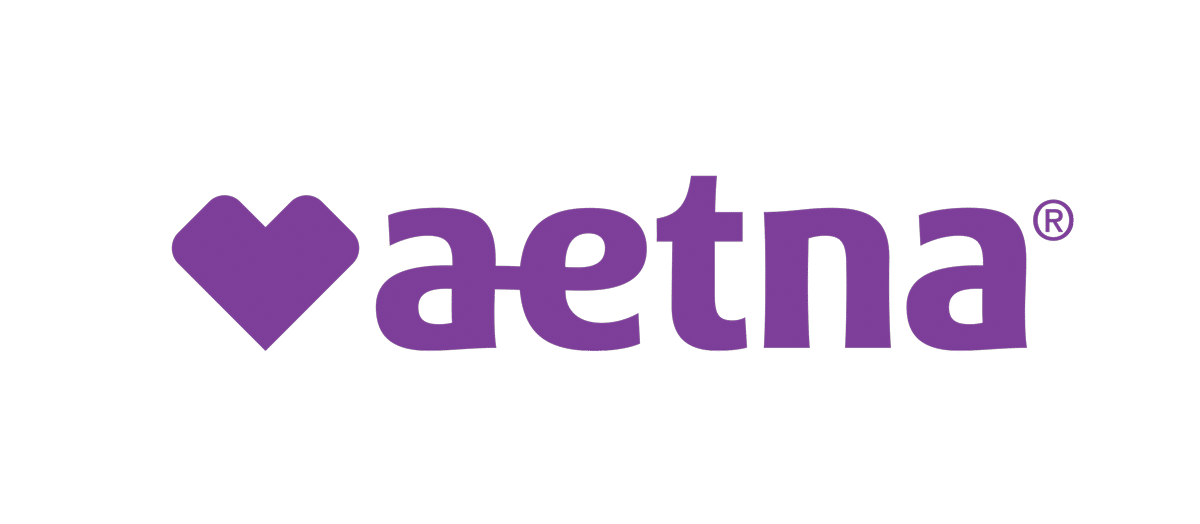Insurance Coverage

Cost Of Care


Testimonials
Hear from clients and their family's experiences
2023 Outcome Data
Latest metrics on the effectiveness of our care
Preview Our Treatment Centers Accoss Multiple States












